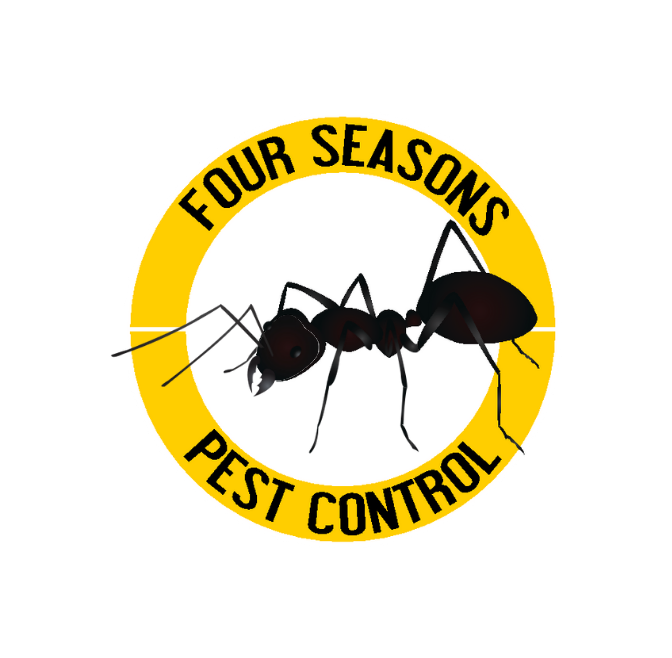Earwigs
What is an Earwig?
Earwigs are small insects belonging to the order Dermaptera. They are characterized by;
- elongated bodies
- distinctive pincers at the end of their abdomen
- membranous wings folded underneath short, leathery forewings.
These nocturnal insects feed on decaying plant material, other insects, and occasionally on living plants.
They often inhabit moist, shadowy places like beneath stones, fallen logs, layers of mulch, and within garden beds. While considered beneficial pests, they can transition into nuisance pests when they invade homes.
How to get rid of Earwigs
- Seal cracks and gaps: Inspect your house for potential entry points and seal them using caulk, weather stripping, or door sweeps.
- Reduce moisture: Fix any leaks, improve ventilation, and use dehumidifiers in damp areas.
- Clean regularly: Keep your house clean and free of food crumbs and spills.
- Remove outdoor debris: Keep the area around your house clear of vegetation, mulch, leaf litter, and other organic debris.
By hiring a pest control service like Four Seasons Pest Control, you can benefit from their knowledge and experience in dealing with earwig infestations effectively and efficiently. They can help you identify the root causes of the problem and implement tailored solutions to ensure long-term relief from earwigs in your home. Give us a call for a free quote at (NC) 252-453-3601 or (VA) 757-729-1744.
Contact Us
What Does an Earwig Look Like?
They are easy to recognize:
Body Shape: They have elongated, flattened bodies with segmented abdomens.
Size: Depending on the species, it typically ranges from 7 to 25 millimeters long.
Color: Most are dark brown or black. Some species may be reddish-brown or even pale yellow.
Head: Their heads are elongated, and they have a pair of pincers at the tip of their abdomen.
Antennae: Have long, thread-like antennae that are segmented and often visibly curved.
Wings: Some adult species have wings, and those that do have them cannot fly.
Legs: They have six legs. Each ends in a claw-like structure, which they use for crawling and climbing.
Why are Earwigs in my House?
May enter your house for several reasons:
Seeking Shelter: They are nocturnal insects that prefer dark, moist environments. They may enter your house seeking shelter, especially during hot or dry weather, or to escape extreme temperatures.
Moisture: If there are moisture issues such as leaky pipes, damp crawlspace or high humidity areas.
Food Sources: They are scavengers and feed on various items such as plant material, insects, and decaying matter. If there are food sources available inside your house, such as crumbs, spills, or organic debris, it may also attract them.
Entry Points: They can enter your house through small cracks, gaps, or openings around doors, windows, vents, and utility lines.
What are Earwigs a Sign of?
In dark and damp environments, they are usually present. While the presence alone doesn't necessarily mean there is a problem, it can sometimes indicate an underlying issue:
Moisture Problems: Earwigs are attracted to moisture. Their presence may indicate issues such as leaks, poor ventilation, or high humidity levels.
Outdoor Habitat: They may gravitate towards areas with dense vegetation or mulch in gardens and landscaping
Structural Issues: They enter through cracks, gaps, or openings in foundations, walls, or around doors and windows.
Poor Sanitation: They are drawn to places like leaf litter, compost piles, or decaying plant material.
Can Earwigs fly?
Earwigs do possess wings, but not all species are capable of flight. Compared to insects like flies and bees, they are not strong or proficient flyers. They prefer to crawl and are more commonly found on the ground.
Do Earwigs Bite?
Yes, earwigs have pincers at the end of their abdomen called "cerci" which they use for defense and capturing prey. It is rare for them to bite humans, but if they are handled roughly, they will pinch.
Why are Earwigs Called Earwigs?
The name "earwig" is derived from an old European superstition. These insects would crawl into the ears of sleeping people and bore into their brains. However, this belief is entirely unfounded, as earwigs do not seek out human ears as habitats or for any other purpose.
